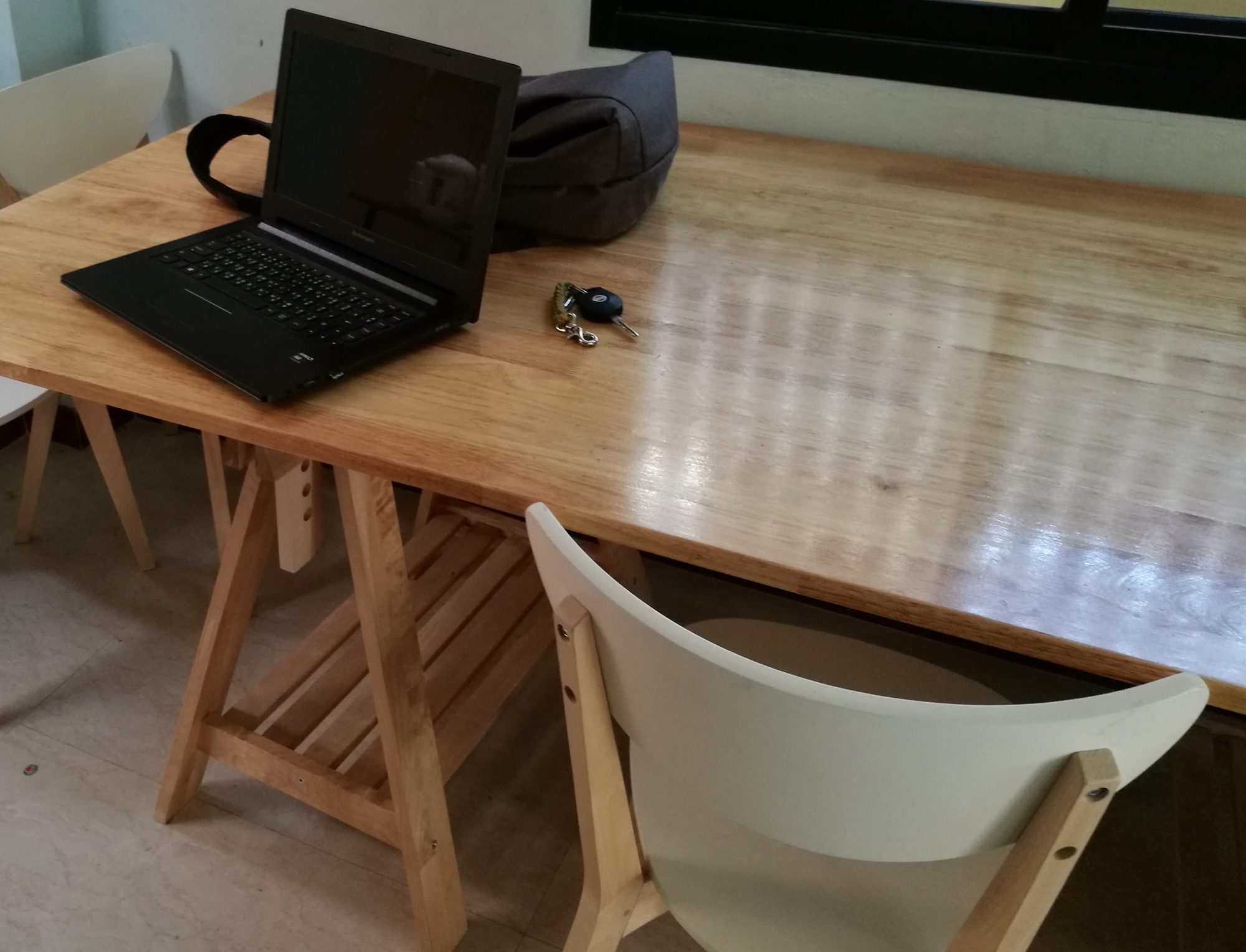The 3-2-1 backup method is a widely recommended strategy for data backup and disaster recovery. It involves creating multiple copies of your data in different locations to ensure data redundancy and resilience. Here’s what each component of the 3-2-1 backup method represents:
3 Copies of Your Data: You should maintain three separate copies of your data. These three copies consist of your primary data and two backup copies. The primary data resides on your main storage system.
2 Different Media: The backup copies should be stored on two different types of media or devices. For example, you might have one copy on an external hard drive and another on a network-attached storage (NAS) device. Using diverse media helps protect against failures that could affect a particular type of storage.
1 Offsite Location: One of the backup copies should be stored offsite, ideally in a location separate from your primary data and the other backup copy. This offsite location could be a cloud-based backup service, a remote data center, or a physical backup stored in a different physical location (e.g., a different building or city). This safeguards your data in case of disasters like fire, floods, or theft that might affect your primary location.
The 3-2-1 backup strategy is effective because it provides redundancy, protection against hardware failures, and disaster recovery capability. It ensures that even if one copy of your data is lost or inaccessible due to a failure or disaster, you still have multiple backups to rely on.
